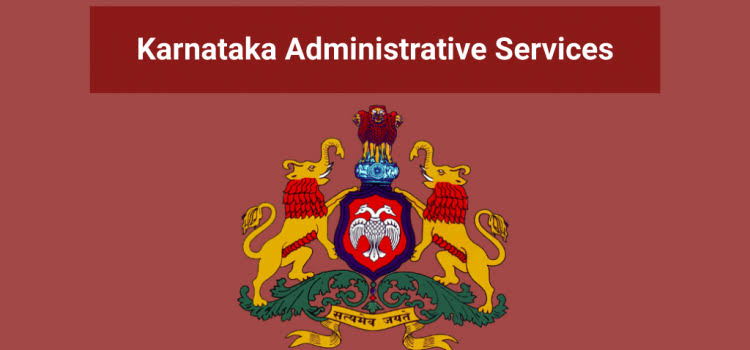The modern business landscape is witnessing a paradigm shift as more companies embrace remote work and mobilize their workforce. The rise of the mobile workforce brings about new challenges and opportunities in terms of collaboration and productivity. In this context, Portable Document Format (PDF) emerges as a crucial tool for streamlining communication and enhancing productivity among mobile teams. This article delves into how PDFs empower the mobile workforce, fostering seamless collaboration, and unlocking productivity potential in a rapidly changing work environment.
Empowering Collaboration on the Go
In the realm of dynamic mobile work, enabling effective collaboration is paramount. Below, explore two key drivers that foster this collaborative spirit:
1. Cross-Platform Compatibility
As the mobile workforce operates on diverse devices and operating systems, seamless collaboration hinges on cross-platform compatibility. PDFs provide a universal solution, ensuring that documents retain their integrity across smartphones, tablets, laptops, and desktop computers. This compatibility enhances team collaboration, allowing members to access, view, and edit documents without format-related disruptions. The cross-platform compatibility of PDFs also ensures that mobile workers can collaborate seamlessly, accessing, viewing, and editing documents from various devices, making the transition from Word to PDF an ideal solution for enhanced teamwork.
2. Real-Time Document Sharing
PDFs facilitate real-time document sharing, allowing mobile workers to collaborate efficiently regardless of their physical location. With cloud storage solutions, team members can instantly share and synchronize PDFs, enabling simultaneous editing and seamless updates. This instant access and collaboration boost efficiency and reduce response times.
Simplifying Mobile Document Management
In today’s mobile-driven work landscape, effective document management is essential. Here you can learn about the two important aspects that facilitate this process:
1. Cloud-Based Storage Solutions
PDFs’ compatibility with cloud-based storage systems provides mobile workers with easy access to critical documents. The ability to store and retrieve PDFs on cloud platforms ensures that employees always have the most up-to-date information at their fingertips, regardless of their location.
2. Offline Accessibility
In situations where internet connectivity might be limited, mobile workers can still access PDFs offline. The offline accessibility feature allows employees to view and work on documents during flights, remote locations, or areas with poor internet coverage, ensuring continuous productivity.
3. Mobile-Friendly Interface and Navigation
PDFs often come with features designed for mobile devices, such as responsive layouts and easy navigation. Highlight how these aspects contribute to a seamless user experience, allowing mobile workers to efficiently interact with documents on smaller screens.
4. Search and Indexing
Discuss how PDFs can be easily indexed and searchable, making it effortless for mobile workers to locate specific information within documents. This feature contributes to efficiency and time savings when dealing with extensive documentation.
Enhancing Productivity on Mobile Devices
In the realm of mobile work, optimizing productivity is a paramount concern. Here you can explore two pivotal elements that contribute to this endeavor:
1. Annotating and Marking up PDFs
PDFs offer a range of annotation tools that enable mobile workers to highlight, underline, and add comments to documents directly on their mobile devices. This feature is invaluable during team discussions, as it allows for clear and immediate feedback, enhancing productivity in virtual meetings.
2. Form-Filling and Digital Signatures
For mobile workers engaged in tasks that require form-filling or signing documents, PDFs streamline the process. Mobile-friendly PDF apps often include form-filling and digital signature features, eliminating the need to print, sign, and rescan documents. This boosts productivity and minimizes paper usage.
3. Integration with Productivity Apps
Discuss how PDFs can integrate with various productivity apps commonly used by mobile workers, such as note-taking apps, project management tools, and communication platforms. This integration streamlines workflows and enhances collaboration by enabling easy sharing and annotation of PDF documents within familiar workspaces.
4. Customizable Workflows
Explain how PDFs can be customized to match specific workflows and business processes. Mobile workers can create templates, forms, and standardized document structures that align with their organization’s needs, further streamlining collaboration and maintaining consistency.
Security for Mobile Documents
Amid the mobile work landscape, upholding document security holds utmost importance. Within this context, explore two crucial components that bolster security:
1. Encryption and Password Protection
Security is a paramount concern when dealing with sensitive documents on mobile devices. PDFs offer encryption and password protection, ensuring that confidential information remains safeguarded. Mobile workers can confidently share and store documents without compromising data integrity.
2. Secure File Sharing
With the mobile workforce frequently relying on cloud-based file sharing, secure document sharing is essential. PDFs support secure file sharing protocols, allowing mobile workers to share documents with specific recipients, control access rights, and track document activity for added security.
Mobile Workforce Compliance and Governance
Navigating compliance and governance in the mobile work sphere presents unique challenges. Here, we delve into two pivotal factors contributing to successful management:
1. Document Version Control
Version control is critical for mobile teams working on collaborative projects. PDFs provide document version tracking, allowing users to view previous iterations, restore previous versions, and maintain a comprehensive document history. This feature enhances compliance and minimizes errors resulting from document confusion.
2. Audit Trails and Document Tracking
In regulated industries, maintaining audit trails and tracking document activities are crucial for compliance and governance. PDFs facilitate audit trails, allowing organizations to monitor document access, modifications, and sharing, providing a transparent record of document interactions.
3. Data Protection and Privacy Controls
In an era where data protection regulations are paramount, PDFs offer robust tools for safeguarding sensitive information. Mobile workers can utilize PDF features like redaction to permanently remove or obscure confidential data from documents. This ensures compliance with privacy regulations and mitigates the risk of unauthorized access to sensitive content, particularly important in industries dealing with personal or sensitive data.
Conclusion
As the mobile workforce becomes an integral part of the modern business landscape, the role of PDFs in facilitating collaboration and productivity cannot be overstated. From cross-platform compatibility to real-time sharing and offline accessibility, PDFs empower mobile workers to collaborate seamlessly and efficiently. Mobile document management, enhanced productivity tools, and robust security features make PDFs the go-to choice for businesses embracing remote work and a mobile workforce. By embracing PDFs as a central tool for collaboration, organizations can harness the full potential of their mobile teams and create a more connected and productive work environment in today’s dynamic and mobile-friendly world.





